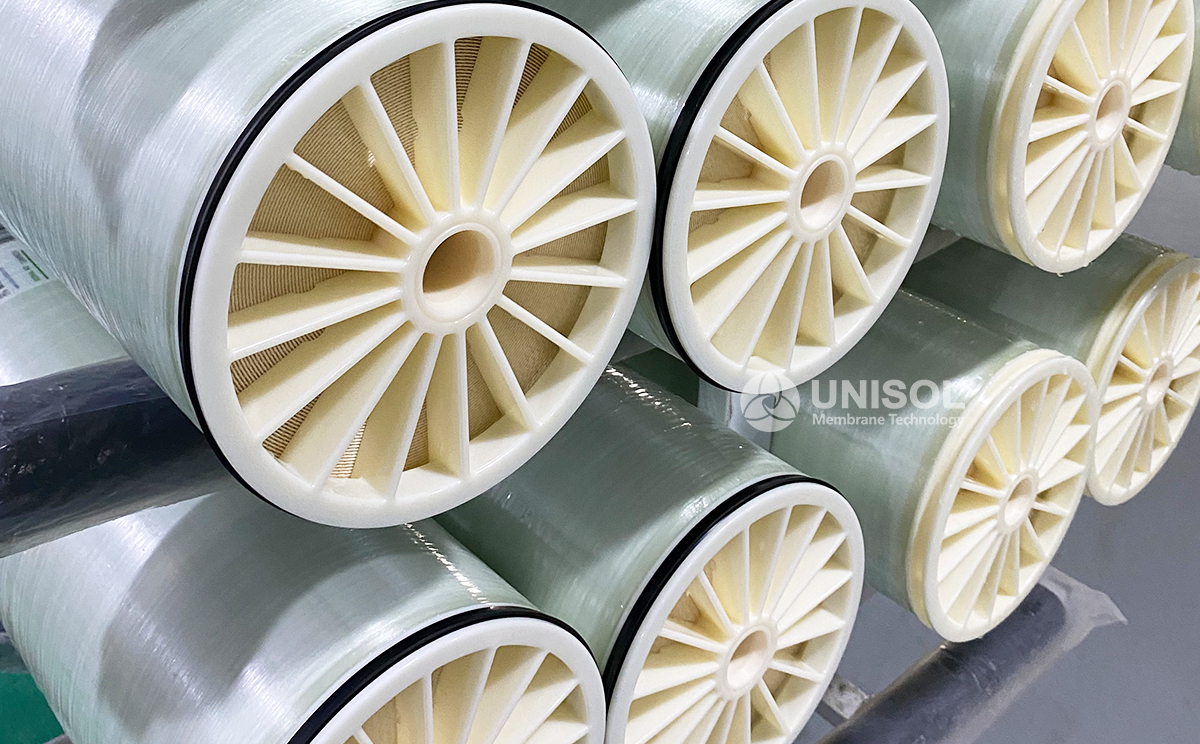








The textile printing and dyeing industry consumes a large amount of water, generates a large amount of wastewater, is difficult to treat, and has serious pollution discharge. The recovery of effective components in wastewater, the development of pollution-free production processes, and the resource utilization and reuse of wastewater are important environmental issues faced by the textile printing and dyeing industry. With the continuous development and progress of membrane separation technology, membrane separation technology has been successfully applied in the textile printing and dyeing industry, helping to achieve PVA recovery, dye production purification, and printing and dyeing wastewater treatment, effectively promoting the development of the entire textile printing and dyeing industry and generating good economic and social benefits.
At present, synthetic polymer PVA is mostly used as the sizing agent for fabrics in the textile industry. Membrane separation technology can effectively recover PVA from the desizing solution, with a recovery rate of usually over 98%. It saves water for desizing and reduces the use of PVA, which has multiple effects such as saving water resources, recycling valuable substances, and reducing environmental pollution. The economic and social benefits are very significant.
In the dye production process, chemically synthesized dyes are salted out, filtered, and dried to form solid dyes. The entire production process not only generates a large amount of difficult to treat wastewater, but also produces dyes with high salt content and low purity, which affects the dyeing quality of the printing and dyeing process. Membrane technology can be used to synthesize dyes into aqueous solutions, which can be concentrated while desalting and purifying the dyes. The degree of constant volume desalination and the multiple of dehydration concentration can be determined based on the final required purity and concentration of the product.
The printing and dyeing industry consumes nearly 100 million tons of process softened water annually, and the generated printing and dyeing wastewater has the characteristics of large water volume, wide distribution, large water quality changes, high organic content, high chromaticity (mainly colored dyes), and complex composition, which seriously pollutes the environment and water bodies. Membrane separation technology can effectively achieve deep treatment of printing and dyeing wastewater. After treatment, the wastewater meets the process water standards, thereby achieving wastewater reuse.
Membrane separation technology has been successfully applied in PVA recovery, dye desalination and concentration, production process improvement, and treatment of printing and dyeing wastewater in the textile and dyeing industry. It not only recycles effective components from wastewater, achieves clean production of dyes, but also achieves resource utilization and reuse of wastewater, which is of great significance for reducing environmental pollution, reducing wastewater discharge, and saving water resources.
